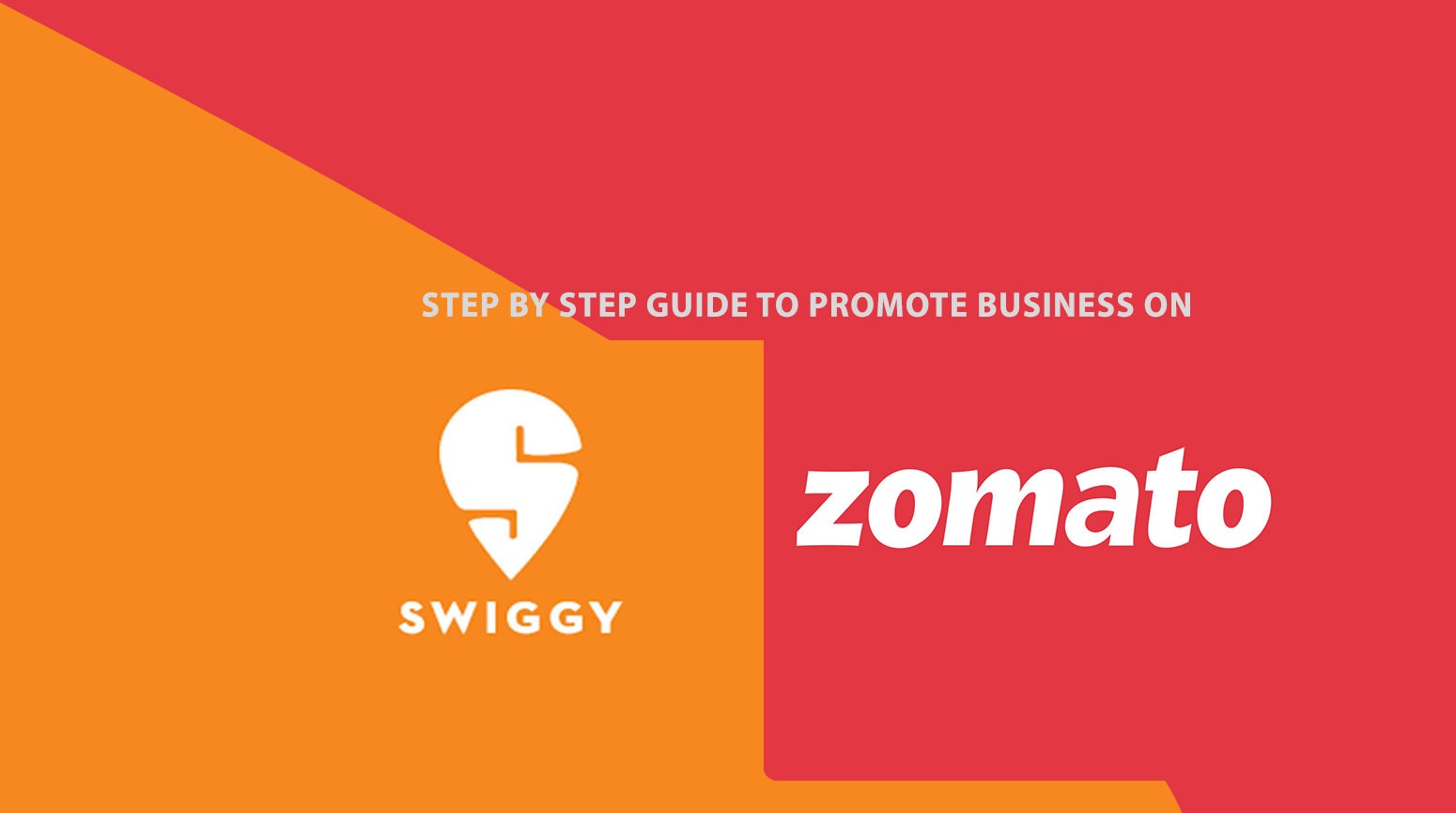Introduction
Starting an online business on Shopify can be an appealing option for entrepreneurs in India. However, it's crucial to understand the potential drawbacks and limitations before making a decision. In this article, we will explore the challenges that Indian businesses may face when using Shopify as their e-commerce platform.
1. Payment Gateway Restrictions:
One of the significant limitations of Shopify in India is the limited availability of payment gateways. Shopify primarily supports a few popular payment gateways in the country, which may not cater to the diverse preferences of Indian consumers. This restriction can limit your ability to offer convenient payment options to customers.
2. Currency and Pricing Challenges:
Shopify primarily operates in foreign currencies, such as USD or EUR. This can create challenges for Indian businesses when setting product prices in Indian Rupees (INR). Currency conversion rates, transaction fees, and fluctuations in exchange rates can affect the accuracy of pricing and may result in discrepancies.
3. Limited Localized Features:
Shopify's platform is designed for a global audience, which means some localized features and functionalities specific to the Indian market may be lacking. This can include language support, integration with local logistics providers, and compliance with Indian taxation and legal requirements.
4. Customization and Development Limitations:
While Shopify offers a range of themes and templates, customization options may be limited for businesses with unique branding or design requirements. Custom development may be required to achieve specific features or functionalities, which can increase costs and complexity.
5. Competition and Market Saturation:
As Shopify continues to gain popularity in India, the e-commerce market becomes increasingly saturated. This means higher competition among online stores, making it more challenging to stand out and gain visibility. A well-defined marketing strategy and unique value proposition are crucial to succeed in a competitive landscape.
6. Subscription and Transaction Costs:
Shopify operates on a subscription-based model, where merchants pay monthly fees for using the platform. Additionally, transaction fees are charged for each sale made through Shopify Payments or third-party payment gateways. For small businesses with tight budgets, these ongoing costs can impact profitability.
Conclusion:
While Shopify offers numerous benefits for online businesses, it's important to be aware of the drawbacks and limitations specific to the Indian market. The payment gateway restrictions, currency challenges, limited localized features, customization limitations, competition, and subscription costs can pose challenges for entrepreneurs in India. Consider these factors alongside your business requirements and explore alternative platforms to make an informed decision that aligns with your goals and budget.




